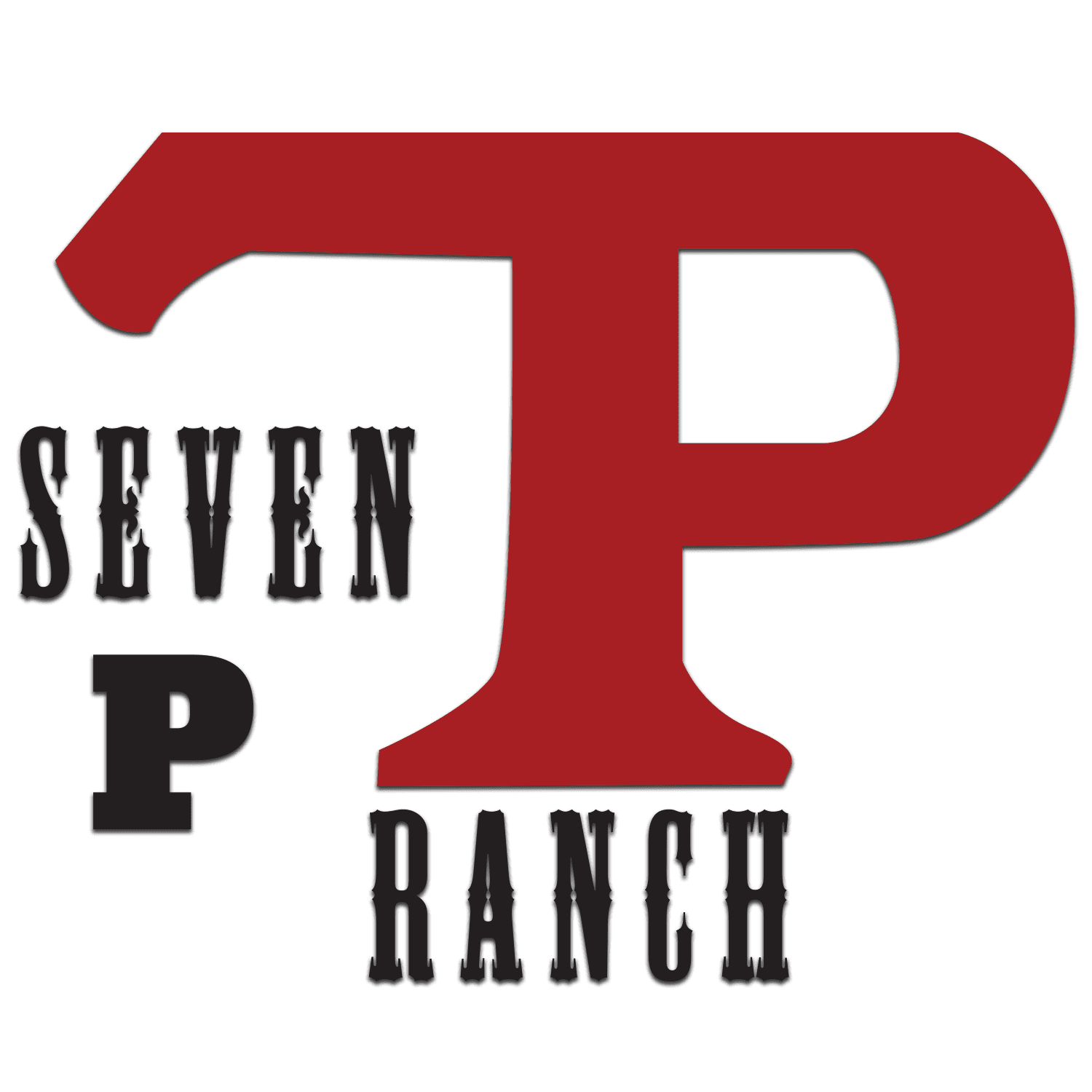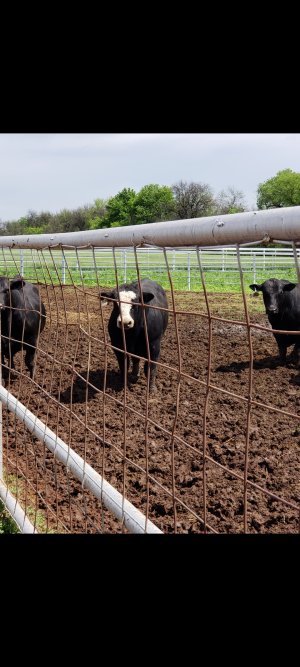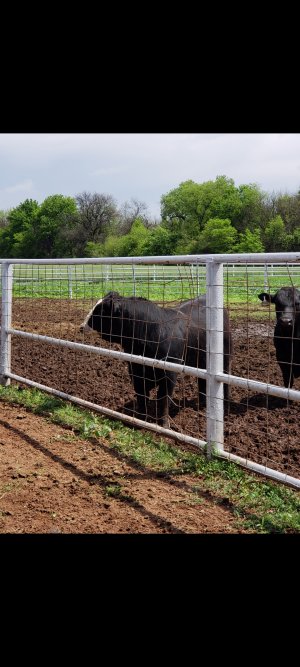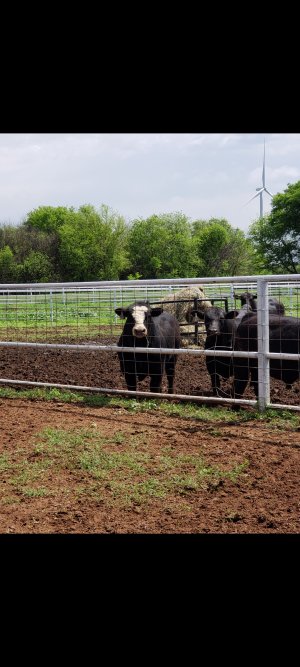Those are some good looking animals at Pine Ridge.I think Tom Brothers have mostly black now. But Ellen should know the breeders in that area and I think will be helpful. Knew her from the junior simmental program when my kids were involved almost 20 years ago.
There are plenty of red simmental in the northern US, but those need to travel to Texas in the fall for climate acclimation. Northern cattle moving to the south in the spring tend to suffer.
If Simbrah would work, the Travis family (Pine Ridge Ranch) in Athens have real world practical cattle, I think. Jane likes to talk cattle. Might be ideal for south Texas.
Fred at Simmentals of Texas is an old guy with a lot of success and experience with simmental and lots of knowlege and connections. https://www.facebook.com/fred.schietze/
I'm accumulating more and more of these 1/4 and 1/8 heifers. They may be able to go back to Simbrah. They looked cleaner than the Brangus, Braford, etc you usually see.




